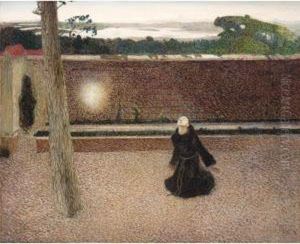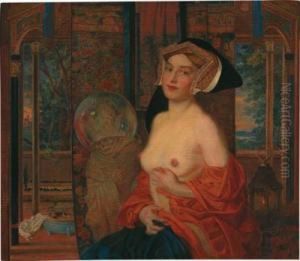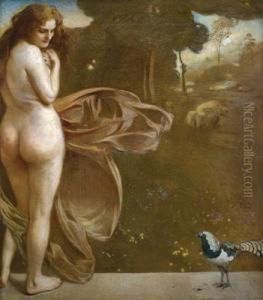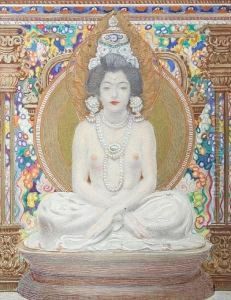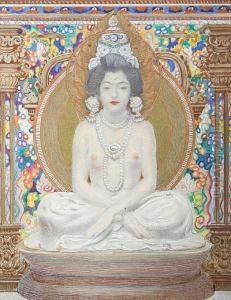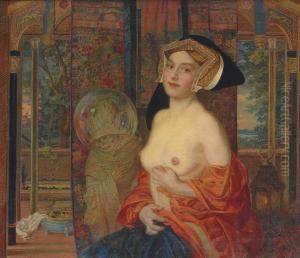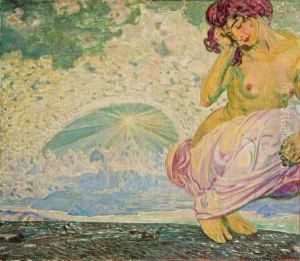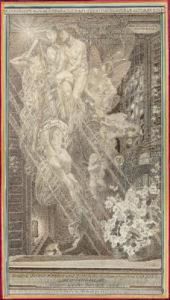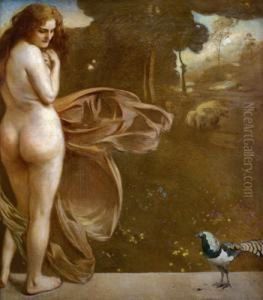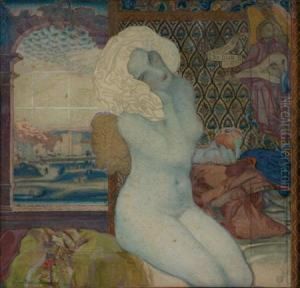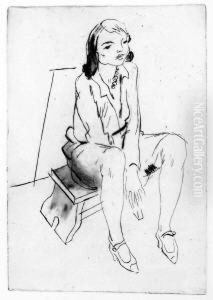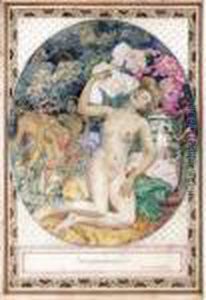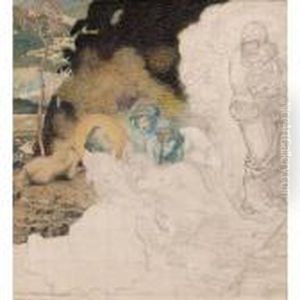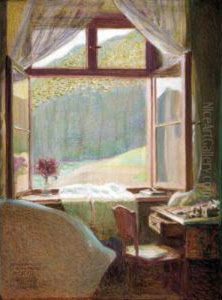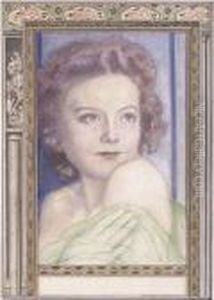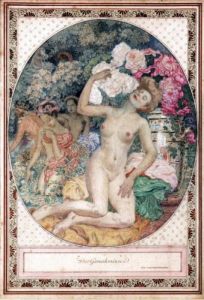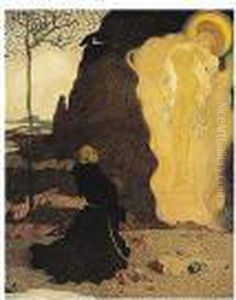Sigmund Walter Hampel Paintings
Sigmund Walter Hampel was an Austrian artist known for his versatile style and proficiency in multiple forms of art, including painting, graphic design, and illustration. Born on July 14, 1897, in Vienna, Austria, Hampel developed a keen interest in the arts at a young age. He pursued his passion through formal education, studying at the Academy of Fine Arts in Vienna, where he was influenced by the diverse artistic movements of the early 20th century.
During his career, Hampel's work displayed a variety of styles ranging from Impressionism to elements of Art Nouveau and Expressionism. He was adept at capturing the vibrancy of city life as well as the tranquility of rural landscapes. Hampel's oeuvre includes a range of subjects, such as urban scenes, portraits, still lifes, and landscapes, showcasing his flexibility and sensitivity to different moods and atmospheres.
Aside from his paintings, Hampel also excelled in graphic arts. He created posters, book illustrations, and advertising materials, which were marked by their clear lines and dynamic compositions. His graphic work often reflected the modernist trends of the time, and he contributed to the visual culture of the interwar period.
Hampel's career was inevitably impacted by the historical events of his era, including the two World Wars. Despite the challenges, he continued to produce art that resonated with both the public and critics. His work was exhibited in various galleries and exhibitions throughout Europe, gaining recognition for its originality and artistic quality.
After World War II, Hampel's style evolved, reflecting the changes in his personal life and the broader shifts in the art world. He remained active in the art scene until his later years, experimenting with new techniques and themes. Sigmund Walter Hampel passed away on February 14, 1976, leaving behind a rich legacy of artistic achievements that continue to be appreciated by art enthusiasts and historians alike. His contributions to the Austrian art scene during a time of great change and his ability to adapt his style to the evolving tastes of the 20th century make him a notable figure in the history of European art.
